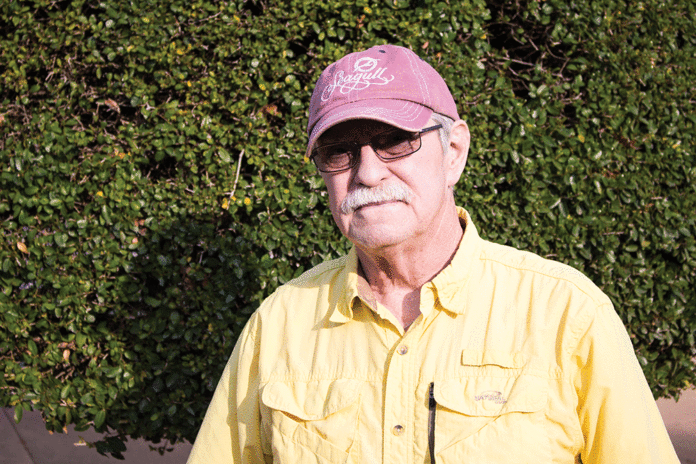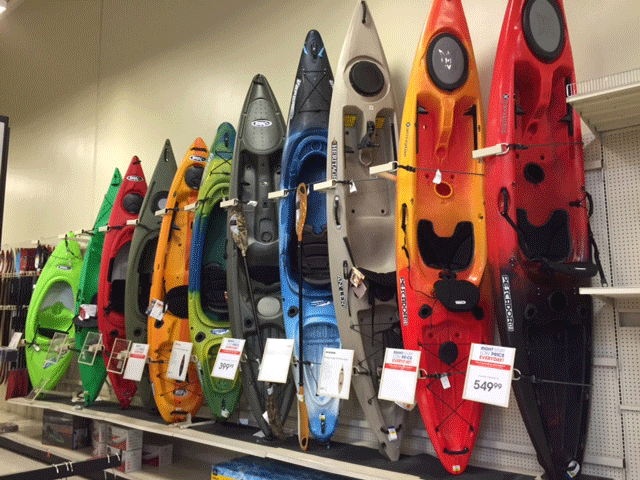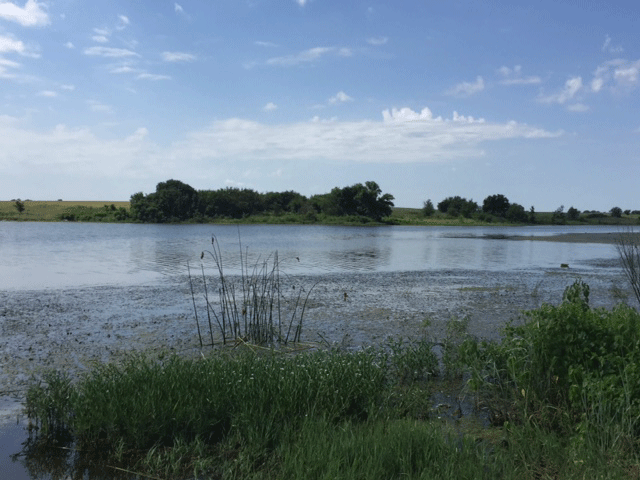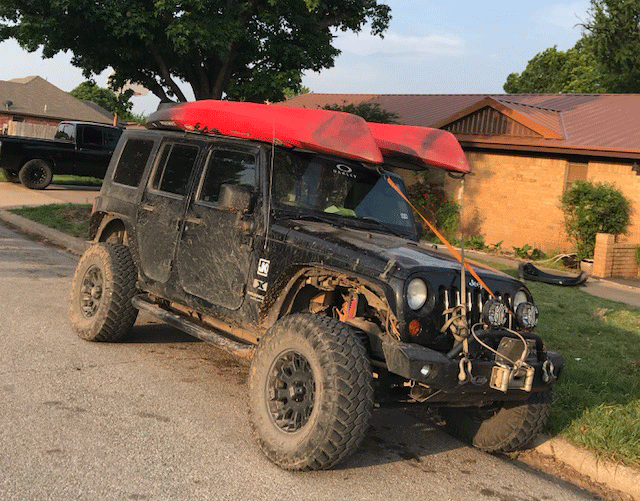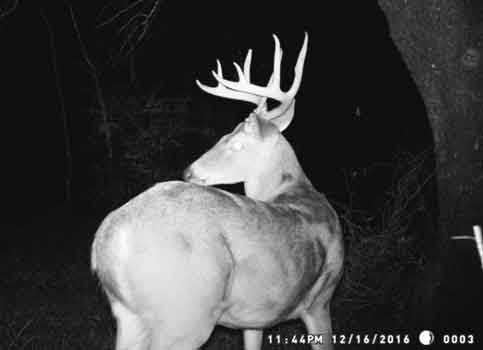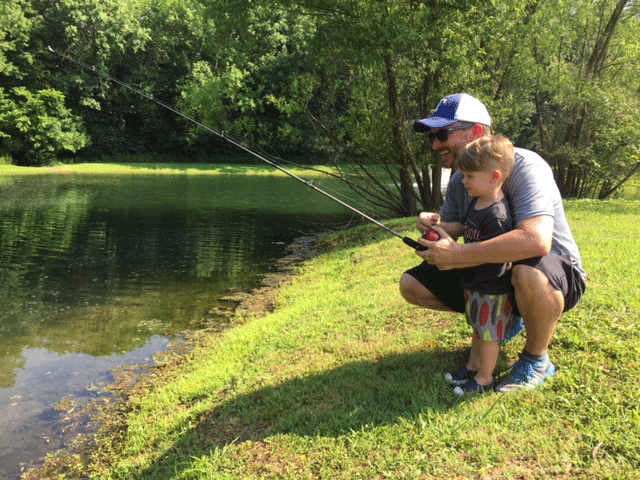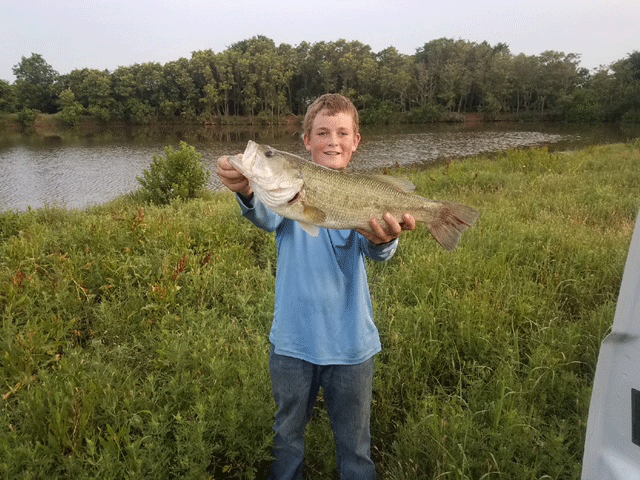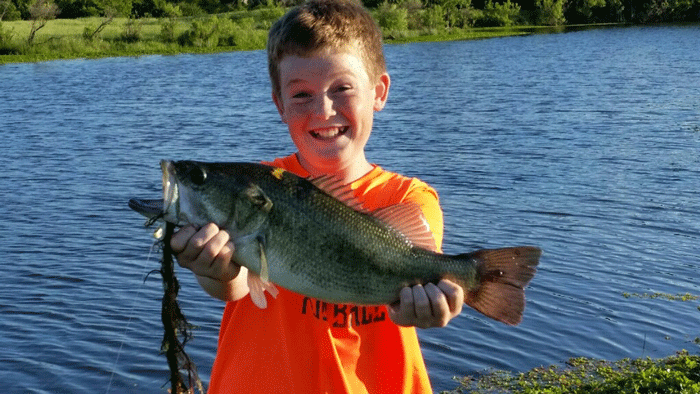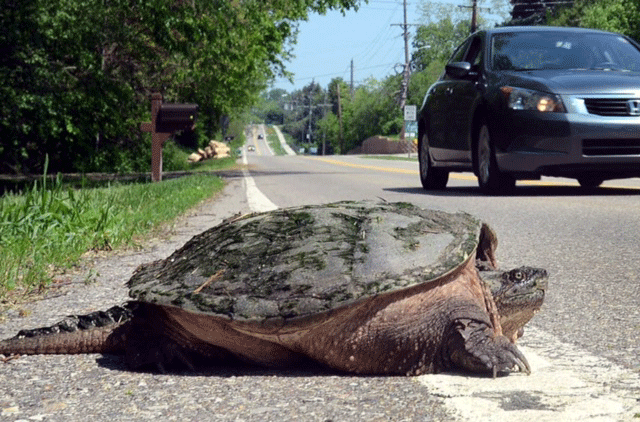When I was a youngster and began my outdoor adventures, it seemed every product made for the outdoors was “Made In America”! In most instances nowadays that is not the case. Imports rule our lives as global trade and cheap labor have moved the manufacture of many items we use to foreign shores.
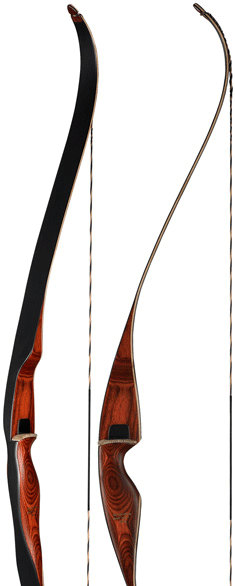
With that being said, there were many items designed for the outdoorsman first made and manufactured in the “Good Old USA” and they remain the standard in their fields. Today we’ll take a look at a few of the icons.
One of the most recognized would have to be the Remington 870 shotgun. I could do without the rest of my guns and hunt with the three 870s I currently own. And I am hardly alone. There have been more than 11 million 870s made—everybody has one, or five, in the gun cabinet.
The most popular shotgun of all time, the 870 is a triumph of mass production far greater than the sum of its cast and stamped parts. Designed to replace the finely machined, expensive to manufacture Model 31 pump, the 870 could have been made to look cheap, but instead it was great.
Slick, shootable, endlessly reliable, and affordable, the 870 has been made in Ilion, N.Y., since its introduction in 1950. Produced at a factory that originally fronted the Erie Canal in the 1800s, the finished guns were dropped onto passing barges.
With stock dimensions designed to fit the average shooter, the 870 has earned the reputation as the shotgun that everyone shoots well. So while I might miss some of the fancy checkering or scrollwork of my other guns, I wouldn’t miss any more birds.
Another icon was the first offering of a new manufacturer of firearms, founded in the late 1940s by Bill Ruger. Ruger’s first offering was the “Single Six”, a single action revolver in 22 rimfire.
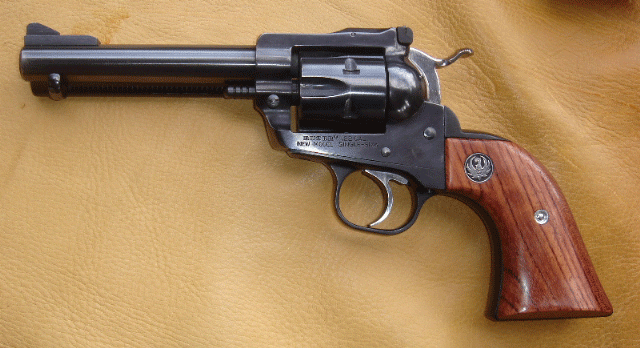
The story goes that Bill Ruger released the Single-Six in 1953 to capitalize on the popularity of TV Westerns and the demand they helped create for single-action revolvers. It was a good idea. The Single-Six, still made in multiple versions, became one of the bestselling revolvers in history.
Bill Ruger didn’t stop there as he introduced the 10/22 in 1964; this classic rimfire hit a perfect trifecta for a .22 that would grow up with you. It was accurate, inexpensive, and exceedingly customizable. You didn’t have to be a gunsmith to tinker with the thing. You start off like I did, happy as a clam with the off-the-shelf version and a decent scope for all the squirrel hunting and plinking a youngster could ever want to do. But as your shooting skills sharpen, and your rifle interests mature, it isn’t long before you are sucked into the aftermarket 10/22 playground. You can add a target barrel, laminated stock, drop-in trigger. You can do all this yourself without being a gunsmith! The Ruger 10/22 is not just the rifle you grow up with. It’s the rifle that grows you up.

Switching gears a little, probably the most iconic addition for bowhunters who grew up in the 50s and 60s was the introduction of a quality mass produced recurve bow.
Fred Bear originally marketed the Grizzly as “the working man’s bow.”
Like all Grizzlys, mine was 58 inches long and weighed about 2 pounds. Not that the specs mattered; my idol, Fred Bear, had designed and made the thing and that was enough for me. I might add, that I was lucky enough to meet both him and his wife at an archery shoot at Cobo Hall in Michigan in 1970! There were other pioneers of modern bowhunting, but no man brought the sport to the masses like Bear. He debuted the Grizzly in 1950 and sold the heck out of the sleek, one-piece, known for easy handling and accuracy.
The first year I bowhunted for deer in the late 1960s, it was in the northern Indiana woods and I toted my 40-pound Grizzly.
I shot rabbits, squirrels and carp and poked holes in many a target over the years. I eventually took several deer with a recurve. But it all started with that Bear Grizzly. It’s the bow that made me a bowhunter!
Hope you enjoyed looking back at some of the tools, produced in the USA, that forged your young life as an outdoorsman and hopefully you still use them today. Take good care of them; your grandkids will enjoy them! Oil them up and clean them, then head out to your Oklahoma outdoors.






